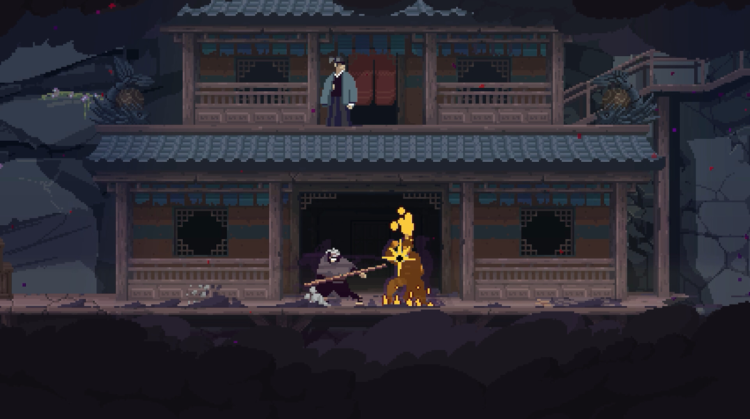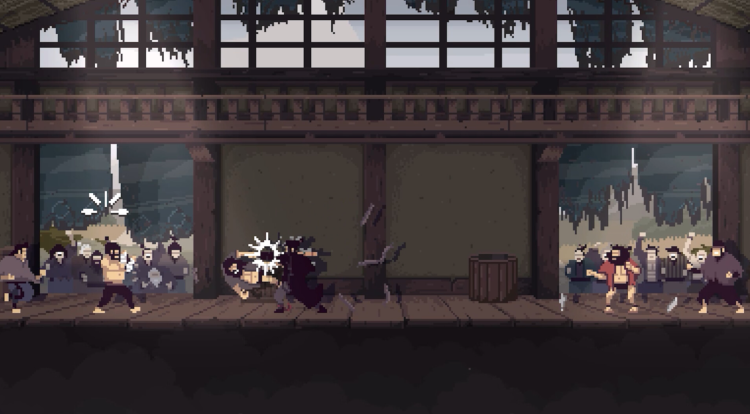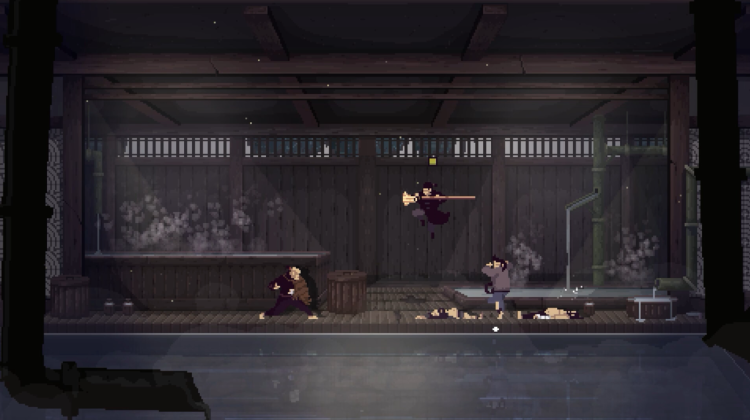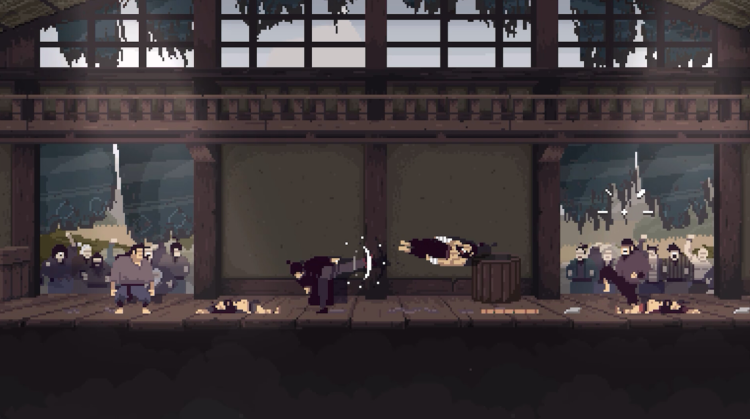Forestrike Review: A Detailed Look At The Martial Arts Roguelite
The release of Forestrike arrives in a crowded year, yet the game carves out its own position through structure and intent rather than spectacle. Any discussion of it begins with its concept: a 2D martial-arts roguelite that treats timing as its central discipline. That is why the phrase Forestrike review belongs at the front of this story, because the game is built around repetition not as a chore but as a craft, and its design encourages the player to study, refine, and improve.
This assessment draws on Mitchell Saltzman’s review for IGN, which frames the game through the lens of a fighting-game player’s habits. His review forms the foundation of this piece and provides the clearest public record of the game’s strengths and limits.
Saltzman opens by describing the value he finds in long hours spent rehearsing inputs until they become second nature. It sets the tone for how he reads the game. Forestrike offers a structure in which the player defines their plan before execution. Combat is arranged as a chain of fixed encounters across four thematic regions, and before each one begins, the game allows a full rehearsal. The idea mirrors training mode mind-set: failure carries a cost, but rehearsal does not. He highlights how appealing this is, and underscores that “it successfully evokes the feeling of classic kung fu fight choreography,” with an emphasis on movement and spatial opportunity.
“Spending extended amounts of time in training mode learning the timing of memorized button presses… might be why I found Forestrike… so uniquely appealing.” — Mitchell Saltzman
At the center of the game is Yu, a young martial artist serving the Order of the Foresight. The premise follows the Order’s effort to save the Emperor from manipulation by an entity called the Admiral. It carries more dialogue than expected for a roguelite and borrows the idea of intermission spaces between attempts, similar to what Hades established. But Saltzman notes the writing lacks the spark needed to make these breaks as compelling as the action. Without voice acting and with limited characterization, the monastery scenes become a brief pause rather than a narrative reward. The game’s pace improves the moment it places the player back into the gauntlet.

Once a run starts, the idea behind the title becomes clear. Foresight is a literal mechanic. Before the real encounter unfolds, the player rehearses every step: when to strike, when to dodge, and how to steer enemy behavior into advantageous patterns. The game uses strict limits on defensive moves. Most encounters begin with one block and one dodge, sometimes not even that. The intended rhythm emerges over time. Players learn to weave enemies into each other’s paths, draw aggression in one direction, and turn it against another. A puppet enemy drops a usable head when defeated, and that detail becomes a key tactic against spiked enemies that punish direct attacks. Precision becomes knowledge, and knowledge becomes progress.

The process of recognizing the game’s visual language transforms frustration into clarity. Each enemy telegraphs its priorities in ways that matter. Some charge. Some punish frontal aggression. Some reposition and open small windows. Once these patterns click, planning a route through a fight becomes something close to solving a physical puzzle. Because the rehearsal shows every action, players can measure whether they have enough resources to carry out the tactic. When the real attempt begins, all that remains is execution.
“What really makes the gameplay sing are the different martial masters that you take along with you in each run.” — Mitchell Saltzman
These masters are the linchpin of the game’s variety. Talgun controls the Leaf style, focused on redirection and environmental manipulation. Nodai teaches Cold Eye, a discipline weighted toward blocking and restoring health. Monkey — the standout — uses a style built on unpredictability, including floor-level dodges and disruptive kicks. Each changes the tenor of a run. Each introduces new solutions to the same problem. As the player clears regions, new techniques enter the pool of possible rewards, creating a slow but steady form of progression. It is not about raw power; it is about widening the margin for creativity.

The result is a roguelite that rewards improvement more than upgrades. Saltzman argues that he pushed deeper not because Yu became stronger, but because his own decision-making sharpened. It is a rare statement in a genre where numerical scaling often overwhelms personal growth. The game’s structure protects that dynamic. Every run resets the board. Only technique variety improves over time, and even then, the player must still execute those techniques under pressure.
Yet Forestrike’s precision is also its most punishing trait. Saltzman notes that a single missed timing — a swing executed a fraction too late, a dodge placed half a beat off — can break the chain of a plan that otherwise functioned perfectly in rehearsal. Once disrupted, the encounter often spirals. There are cases where improvisation carries the run forward, but more often it leads to a quick failure or a weakened position that undermines the next fight. It is the nature of a game that demands fixed execution after a period of planning. Even so, it can feel harsh to lose a run defined by good decisions because of one moment.

Forestrike’s visual identity sits in deliberate contrast to the precision of its systems. Skeleton Crew Studio maintains the minimalist pixel aesthetic from its earlier game, Olija. Character sprites possess limited detail, yet the animation work during combat remains expressive. Attacks read cleanly, and enemy intentions are legible. The odd gap is in walking and running animations, which Saltzman calls noticeably awkward. Because these motions occur mostly in narrative spaces rather than in combat, they do not undermine the core experience, but they stand out in a game that otherwise delivers deliberate visual choices.

Across its four regions, the game builds a consistent loop: study the terrain, read enemy patterns, rehearse a path, and execute it under pressure. Runs end sharply when the player falters, but victory carries a distinct satisfaction because success is built almost entirely on learning. This approach stands out at a time when many roguelites broaden their appeal with early upgrades and forgiving difficulty curves. Forestrike takes the opposite direction. It expects players to learn its cues the way a martial artist studies an opponent’s habits. That discipline defines the game’s identity.

“I was getting further because I was simply getting better,” and that sentiment captures why the game resonates with players who enjoy deliberate challenge. Forestrike leaves little room for luck. It offers structure, tools, and clear consequences. The rest depends on the person holding the controller.
The game’s shortcomings do not disappear under scrutiny. Its storytelling lacks staying power. Its late-run demand for perfect timing can frustrate even those who embrace difficulty. But the underlying concept remains strong, and the game’s strongest sequences draw their power from the same elements that define martial-arts cinema: timing, distance, and the instant where initiative tips the exchange.
Forestrike (Steam page) enters the market with a clear sense of identity. It is not broad. It is not forgiving. It leaves little room for distraction. But it understands the appeal of craft and repetition, and it builds every frame around those ideas. For players willing to study its patterns — and accept that failure is part of its rhythm — the game offers a kind of clarity that few action roguelites attempt.


EGAMERSW - get 11% Deposit Bonus + Bonus Wheel free spin
EXTRA 10% DEPOSIT BONUS + free 2 spins
BEST ODDS, free daily case, free rains, daily, weekly and monthly rakeback!

Sign up now and get 2 FREE CASES + 5$ Bonus
3 Free Cases + 100% up to 100 Coins on First Deposit



Comments